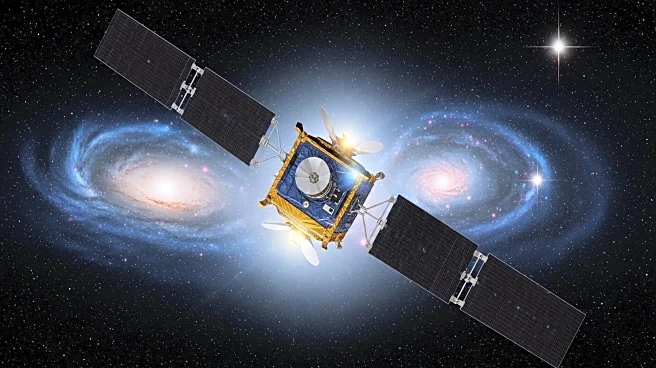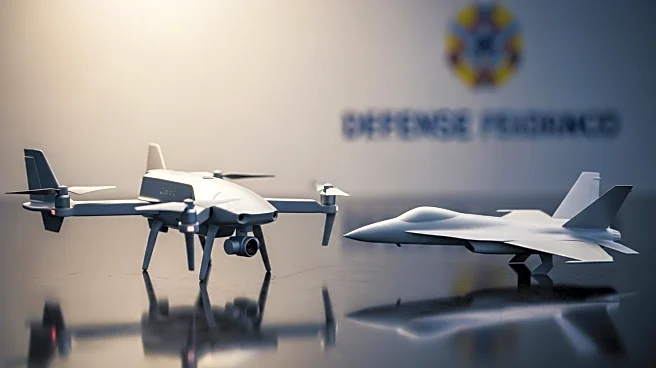What's Happening?
Northrop Grumman, in collaboration with the US Space Force, has successfully tested antenna arrays developed for the Deep Space Advanced Radar Capability (DARC) at Site 1 in Western Australia. This site is the first of three DARC facilities being established under the AUKUS security partnership to enhance joint space domain awareness among Australia, the United Kingdom, and the United States. The DARC system is designed to combine multiple affordable systems into a large radar with immense capabilities, using arrays of parabolic dish antennas that work together as a single unit with higher performance. This allows for high sensitivity and accuracy in detecting faint radar returns from deep space.
Why It's Important?
The development and testing of the DARC system are crucial for advancing space domain awareness, which is increasingly important for national security and strategic advantage. By enhancing the ability to detect and track objects in geostationary orbit, the DARC system provides a significant boost to the capabilities of the US and its allies in monitoring space activities. This development also underscores the importance of international collaboration in addressing space security challenges, as the AUKUS partnership exemplifies. The successful implementation of DARC could lead to improved situational awareness and decision-making in space operations.
What's Next?
Following the successful testing at Site 1, the next steps involve the establishment of the second and third DARC sites in the United Kingdom and the United States. These sites will further enhance the collaborative space domain awareness capabilities of the AUKUS partners. The continued development and integration of the DARC system are expected to provide ongoing improvements in space monitoring and security, potentially influencing future policies and strategies in space defense.















